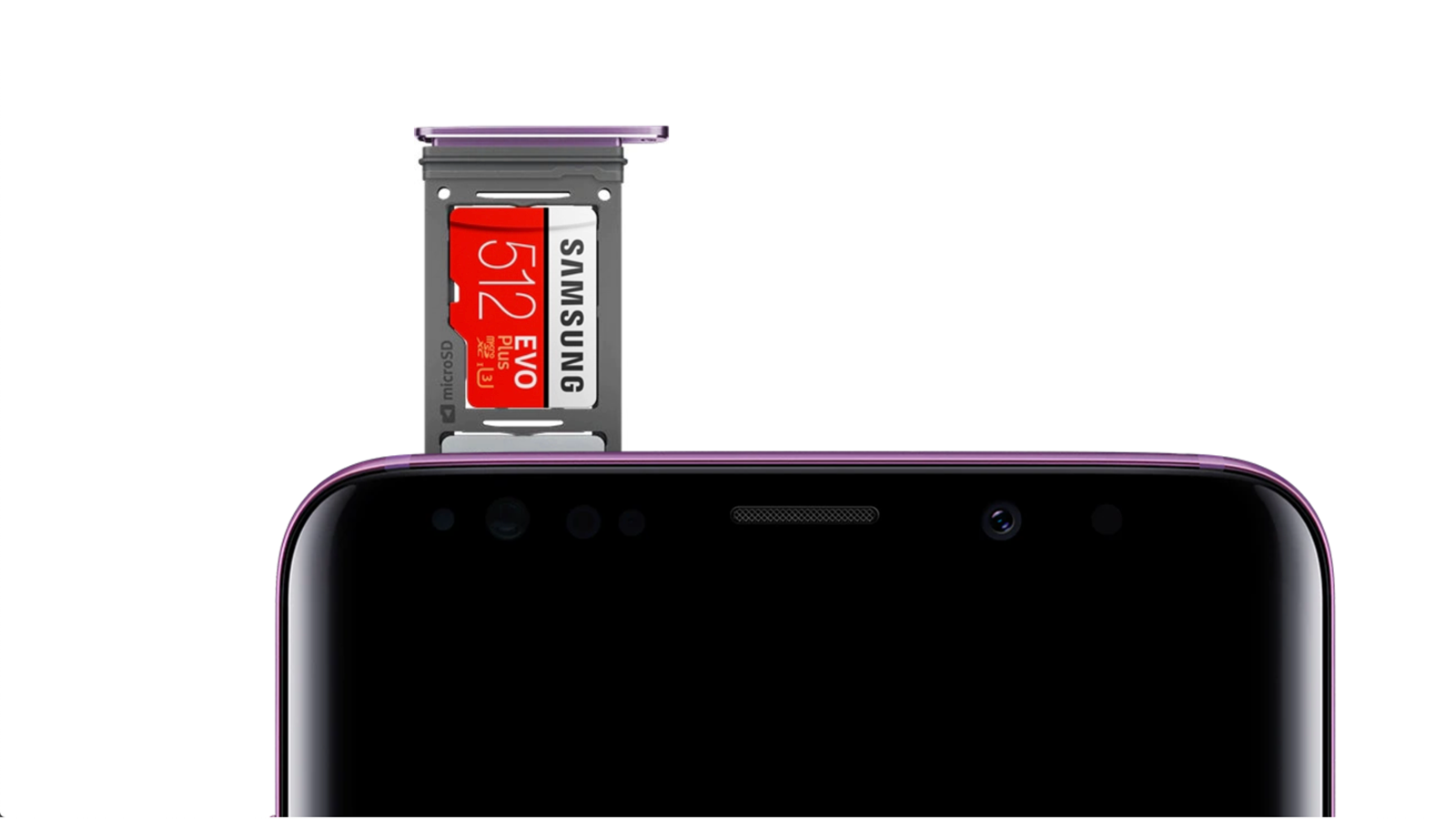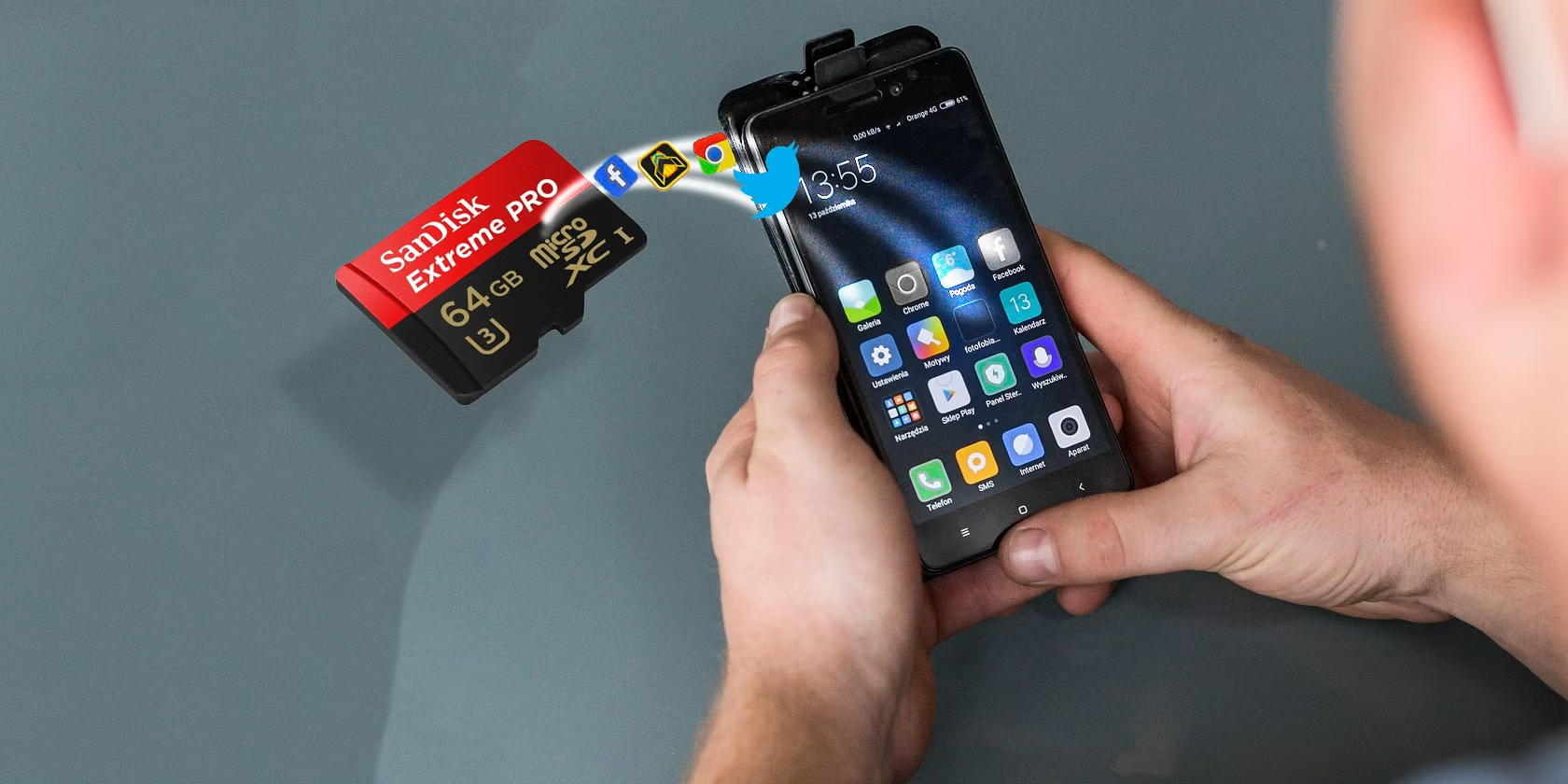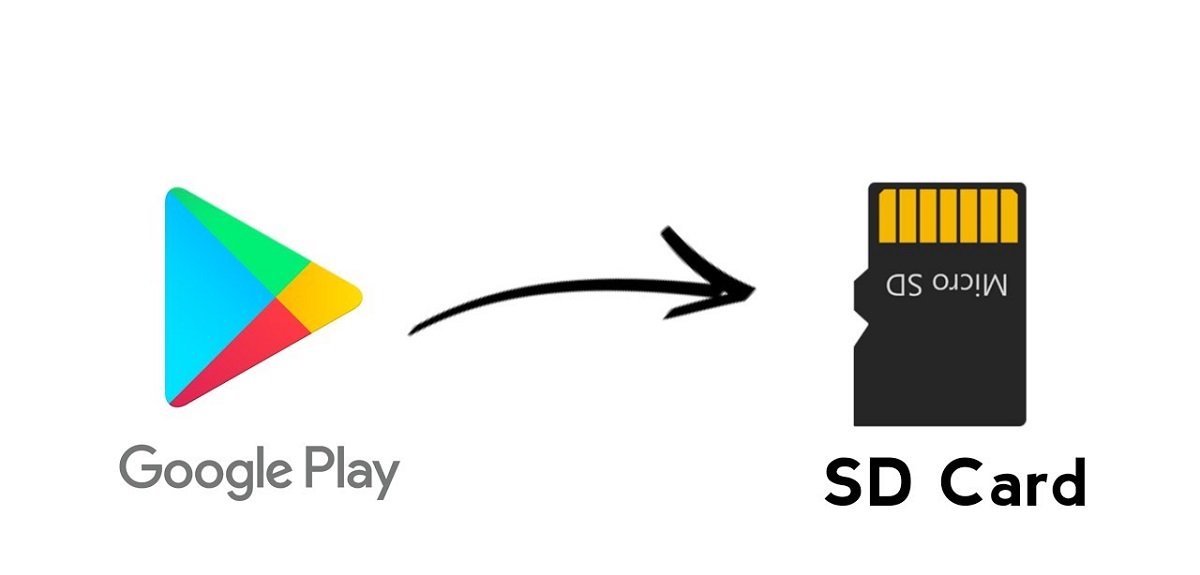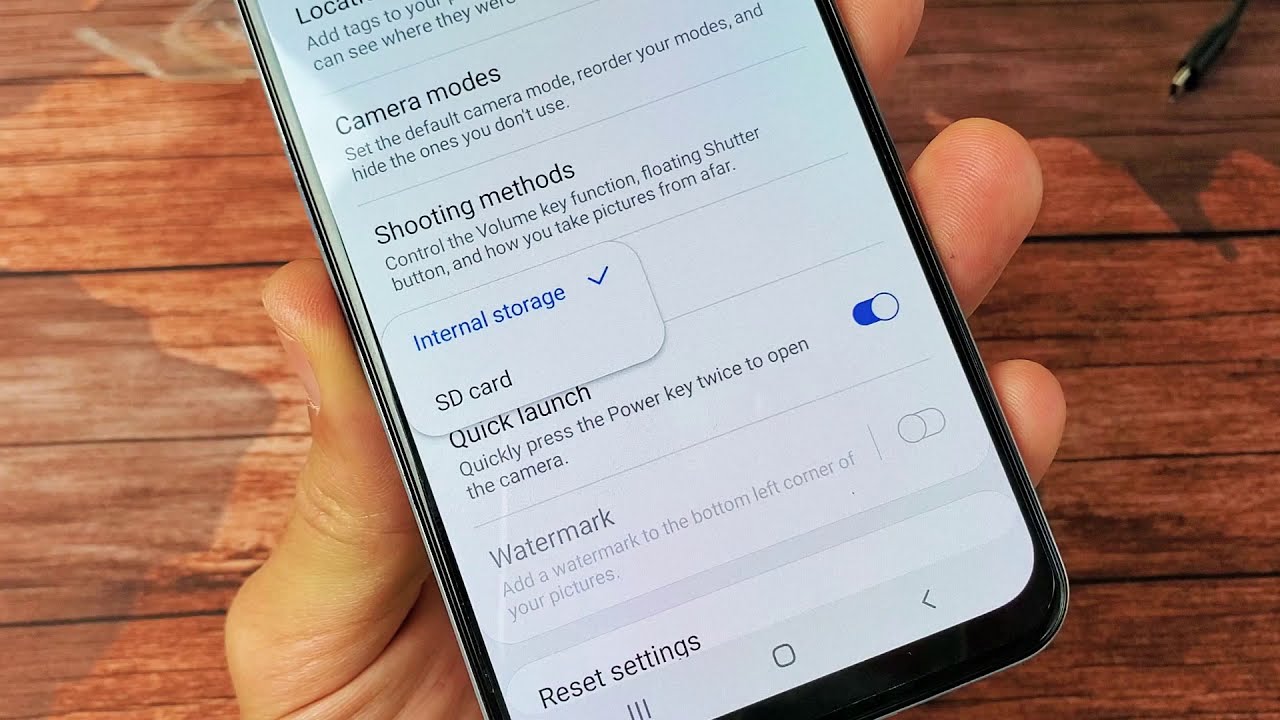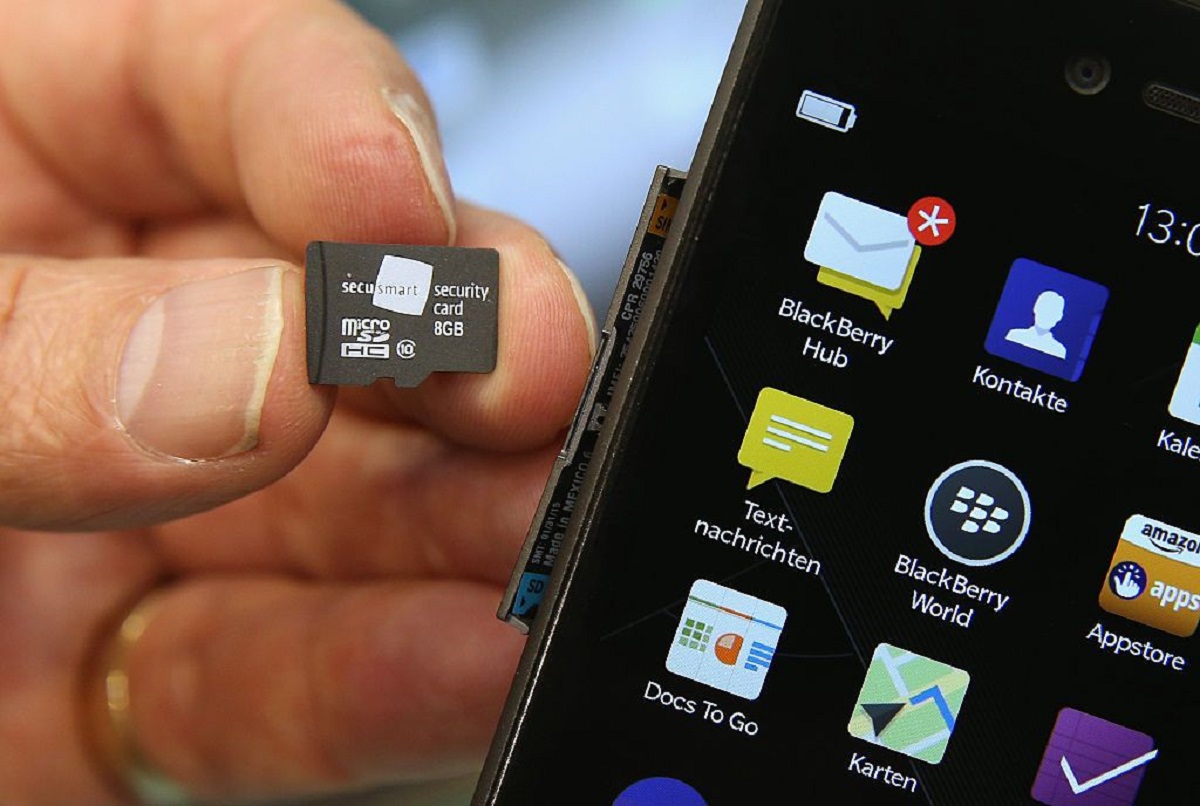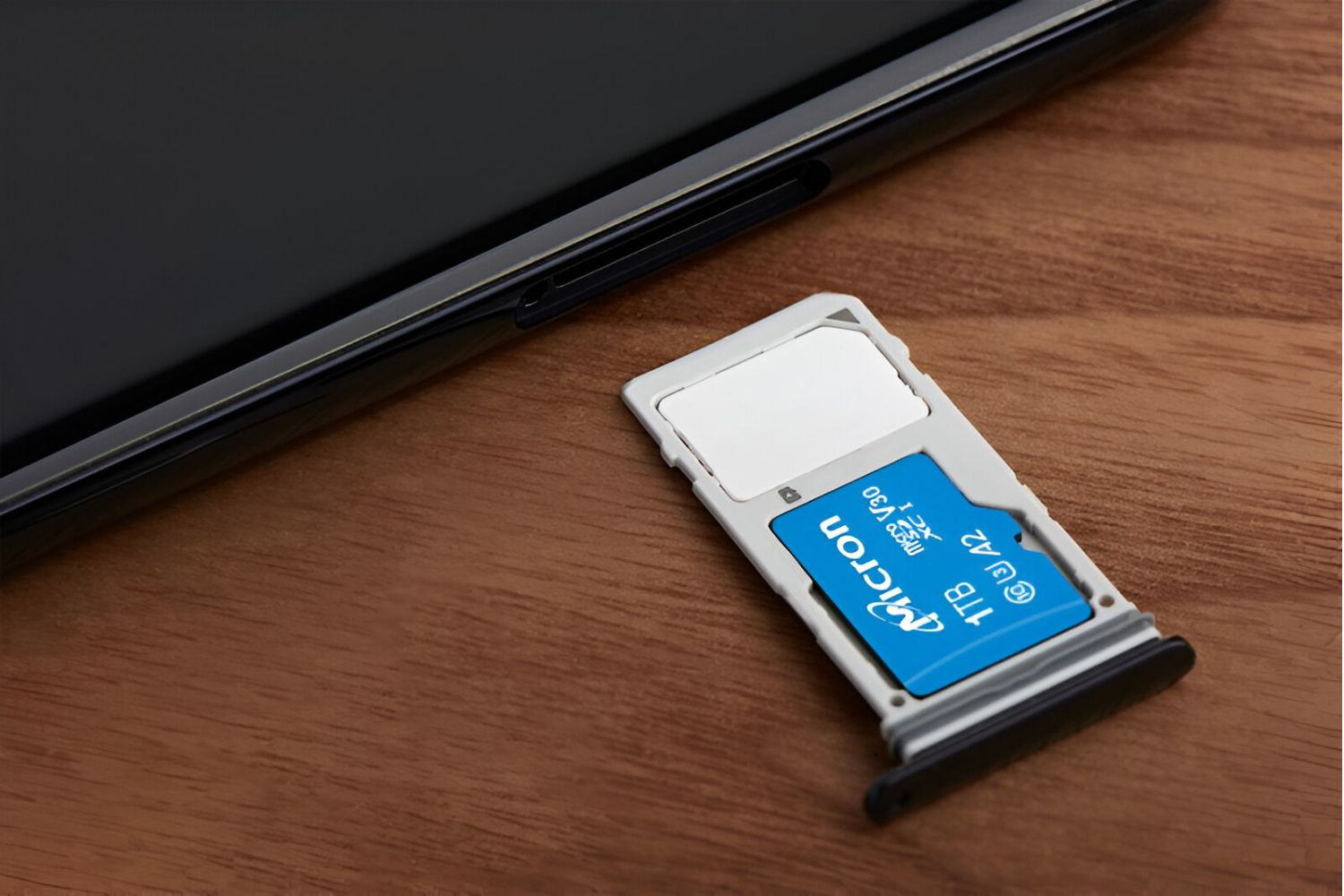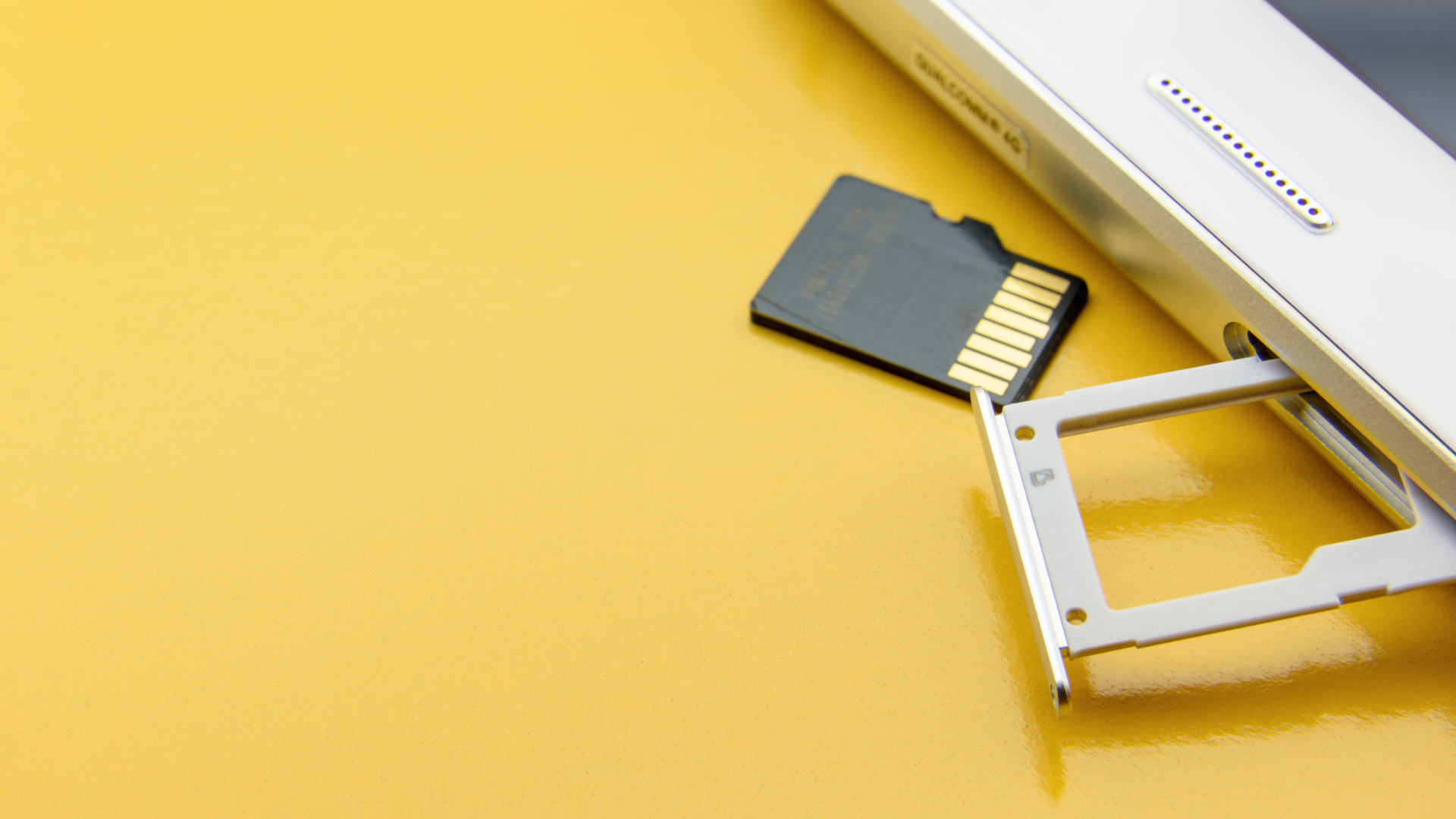Introduction
As smartphone technology continues to advance, the need for more storage space becomes increasingly crucial. Many Android devices come with limited internal storage, which can quickly get filled up with apps, photos, videos, and other data. Thankfully, Android provides an option to move apps to an SD card, which can help free up precious internal storage space.
Why should you move apps to SD card?
Moving apps to an SD card offers several benefits. First and foremost, it allows you to free up space on your device’s internal storage. This can be particularly useful if you have a device with limited internal memory or if you frequently download large apps or games. By moving these apps to an SD card, you can make more room for other essential files and applications.
In addition to freeing up space, moving apps to an SD card can also improve the performance of your device. When the internal storage gets close to its capacity, it can slow down your device and impact its overall performance. By offloading some apps to the SD card, you can alleviate the burden on the internal storage and potentially experience faster load times and smoother operation.
Furthermore, moving apps to an SD card can be handy if you regularly switch between different devices or if you plan to upgrade your device in the future. By storing apps on an external storage medium like an SD card, you can easily transfer them to a new device without the need to re-download or re-install them.
Precautions before moving apps to SD card
Before proceeding with the process of moving apps to an SD card, there are a few important precautions to keep in mind:
- Compatibility: Not all Android devices support the feature to move apps to an SD card. Make sure to check if your device has this functionality.
- App Compatibility: While most apps can be moved to the SD card, some may not be compatible with this feature. Certain system apps and pre-installed apps may also be restricted from being moved.
- Data Loss: Moving an app to the SD card may cause some app data to be lost or inaccessible, so it’s advisable to backup any important data beforehand.
Once you have taken these precautions into consideration, you are ready to proceed with the step-by-step guide on how to move apps to an SD card on your Android device. This guide will walk you through the process, ensuring a smooth and successful app relocation.
Why should you move apps to SD card?
Moving apps to an SD card offers several benefits that can enhance your Android device’s storage management and overall performance:
- Free up internal storage space: One of the primary reasons to move apps to an SD card is to free up space on your device’s internal storage. As you install various apps and store media files, your device’s internal storage can quickly fill up, causing performance issues and limiting your ability to download new apps or save files. By moving apps to the SD card, you can effectively expand your storage capacity and create more room for essential files and applications.
- Store large apps and games: Some apps and games can take up a significant amount of space on your device. If you enjoy gaming or use resource-intensive applications, you may find that your device’s internal storage becomes consumed quickly. By moving these large apps and games to an SD card, you can overcome storage limitations and continue enjoying your favorite activities without worrying about running out of space.
- Facilitate easier device upgrades: If you plan to upgrade your Android device in the future, moving apps to an SD card can simplify the transition. By storing apps on the SD card, you can easily transfer them to the new device without the need to re-download or re-install them. This can save you time and effort when setting up your new device.
- Improve device performance: When your device’s internal storage nears its capacity, it can lead to decreased performance, slower app load times, and reduced responsiveness. By moving apps to an SD card, you can free up valuable internal storage space, which can help improve overall device performance. This may result in faster app launches, smoother multitasking, and a more enjoyable user experience.
- Organize apps efficiently: Moving apps to an SD card allows you to organize your apps more efficiently. You can choose to keep essential apps on the internal storage for quicker access, while moving less frequently used apps to the SD card. This way, you can prioritize the apps you use most without cluttering the internal storage.
Overall, moving apps to an SD card provides a practical solution for managing your device’s storage and optimizing its performance. Whether you need to free up space, accommodate large apps and games, or facilitate future device upgrades, taking advantage of this feature can greatly enhance your Android experience. It’s important to note that while moving apps to an SD card offers numerous benefits, compatibility may vary depending on your device and the apps you use. Therefore, it’s crucial to check for compatibility and be aware of any limitations or potential data loss before proceeding with the app relocation process.
Precautions before moving apps to SD card
Before you begin moving apps to an SD card on your Android device, it’s important to take certain precautions to ensure a smooth and hassle-free process:
- Check device compatibility: Not all Android devices support the feature to move apps to an SD card. Before proceeding, check your device’s specifications or consult the user manual to determine if your device supports this functionality. This will avoid any frustration if your device does not have the necessary capabilities.
- App compatibility: While most apps can be moved to an SD card, some apps may not be compatible with this feature. Certain system apps and pre-installed apps may also be restricted from being moved. When attempting to move an app, if you encounter an error or find that the option is grayed out, it likely means that the app cannot be moved. It’s important to be aware of these restrictions and not assume that all apps can be relocated.
- Backup app data: Moving an app to the SD card may cause some app data to be lost or become inaccessible. Before proceeding with the app relocation process, it’s advisable to backup any important app data or settings. You can do this by using built-in backup tools or third-party applications available on the Google Play Store. Having a backup will ensure that you can restore your app data if any issues arise during the move.
- Understand potential data loss: While most apps can be successfully moved to an SD card without any issues, there is a possibility that some app data may be lost or corrupted in the process. This is rare but can occur due to different factors such as SD card compatibility issues or improper ejection/removal of the SD card. It’s recommended to be prepared for the potential loss of app data and only proceed with the app relocation if you can accept this risk.
- Properly eject/remove the SD card: If you need to remove the SD card from your device for any reason, make sure to properly eject it before physically removing it. Improper removal can lead to data corruption or even damage to the SD card itself. To safely eject the SD card, go to the device’s settings, navigate to the storage or SD card section, and choose the option to eject or unmount the SD card. Once the device confirms that it is safe to do so, you can physically remove the SD card from the device.
By following these precautions, you can ensure a smoother and more successful app relocation process. It’s important to be aware of any limitations or potential risks associated with moving apps to an SD card, as this will help you make informed decisions and mitigate any potential issues that may arise during the process.
Step-by-step guide on moving apps to SD card
If your Android device supports the feature to move apps to an SD card, you can follow these steps to free up space on your device’s internal storage:
- Insert the SD card: Ensure that the SD card is properly inserted into your Android device. You can insert the SD card into the designated slot on your smartphone or tablet. If you’re unsure about the location of the slot or how to insert the SD card, refer to your device’s user manual for specific instructions.
- Open the App Settings: On your Android device, go to the Settings app. You can find the Settings app in the app drawer or by swiping down the notification panel and tapping on the gear icon.
- Access the Apps or Applications section: Scroll down or search for the ‘Apps’ or ‘Applications’ option within the Settings app. It may also be labeled as ‘App Manager’ or ‘Applications Manager’ depending on your device’s manufacturer and Android version.
- Select the desired app to move: From the list of installed apps, choose the app that you want to move to the SD card. Tap on the app to access its settings.
- Check app storage details: Within the app settings, you will find information about the app’s storage usage. This includes the amount of storage space the app is currently using, both on the internal storage and the SD card (if applicable).
- Tap on the ‘Storage’ or ‘Storage Usage’ option: This will open a new screen with detailed storage information for the selected app.
- Select ‘Change’ or ‘Move to SD card’ option: Depending on your Android device, you may see either of these options. Tap on it to initiate the process of moving the app to the SD card.
- Wait for the app to be moved: The time it takes to move the app to the SD card can vary depending on the size of the app and the speed of the SD card. Be patient and avoid interrupting the process.
- Verify the app’s new storage location: After the app has been successfully moved, return to the app settings or storage details screen. You should see that the app is now stored on the SD card instead of the internal storage.
- Repeat for other apps (if desired): If you want to move additional apps to the SD card, simply repeat the same process for each app.
By following these step-by-step instructions, you can efficiently move apps from your device’s internal storage to the SD card. This will help free up space on your device and allow you to install more apps or store additional files without limitations.
Troubleshooting common issues
While moving apps to an SD card can be a straightforward process, you may encounter a few common issues along the way. Here are some troubleshooting steps to help you address these problems:
- App compatibility: If you find that the option to move an app to the SD card is grayed out or unavailable, it could be due to app compatibility. Not all apps can be moved to an external storage device. In such cases, it’s important to check if the app in question supports being moved to the SD card. If not, you may need to consider alternative ways to free up space on your device’s internal storage.
- Insufficient space on the SD card: Before moving apps to an SD card, ensure that the SD card has enough free space to accommodate the app. If the SD card is almost full, you may encounter error messages or issues during the app relocation process. Consider freeing up space on the SD card by removing unnecessary files or moving other non-essential data to a different storage location.
- SD card not detected: If your Android device fails to detect the SD card or if you encounter errors related to the SD card, try the following troubleshooting steps:
- Ensure that the SD card is properly inserted into the device.
- Check if the SD card is functioning by inserting it into a different device or using a card reader on a computer.
- If the SD card is detected in another device, format it using the appropriate format settings recommended for your Android device.
- If the SD card is not detected in any device, it may be damaged or faulty. Consider replacing it with a new SD card.
- Data loss or app instability: In rare cases, moving an app to an SD card may result in app data loss or cause the app to become unstable. If you experience data loss or if the app behaves unexpectedly after being moved to the SD card, try moving it back to the internal storage. This can be done by following the same steps outlined in the previous section, but choosing the ‘Move to internal storage’ or similar option instead.
- Device-specific issues: Different Android devices have varying implementations of the app-to-SD card feature. If you encounter specific issues or error messages during the process, it’s advisable to consult your device’s user manual or visit the manufacturer’s support website for device-specific troubleshooting steps. You can also seek assistance from online forums and communities where fellow Android users may have encountered similar issues.
By understanding and addressing these common issues, you can overcome potential obstacles and successfully move apps to an SD card on your Android device. Remember to take precautions, ensure app compatibility, and monitor the process to prevent any data loss or instability. If you’re still experiencing difficulties after attempting the troubleshooting steps, consider reaching out to the app developer or contacting customer support for further assistance.
Conclusion
Moving apps to an SD card can be a practical solution to free up space on your Android device’s internal storage and optimize its performance. By following the step-by-step guide and taking necessary precautions, you can successfully relocate apps to an SD card, allowing for more storage space and a smoother user experience.
There are various reasons why you should consider moving apps to an SD card. By freeing up internal storage space, you can install more apps, store larger files, and prevent your device from becoming slow or unresponsive. The ability to store large apps and games on the SD card ensures that you can continue enjoying your favorite activities without storage limitations.
Furthermore, moving apps to an SD card offers convenience when upgrading to a new device. By transferring apps from the SD card, you can seamlessly transition to a new device without the need to re-download or re-install your favorite apps. This saves time and effort during the setup process.
While moving apps to an SD card can be advantageous, it’s essential to take precautions and be aware of potential app compatibility and data loss issues. Not all apps can be moved, and some may experience instability or data loss after relocation. It’s important to backup important app data and understand the limitations of your specific device before proceeding.
If you encounter issues during the app relocation process, such as app compatibility problems, insufficient space on the SD card, or SD card detection errors, there are troubleshooting steps available to help address these problems. Checking app compatibility, ensuring sufficient space, and troubleshooting SD card-related issues can improve the success rate of moving apps to an SD card.
In conclusion, moving apps to an SD card can be a valuable tool for managing storage space, enhancing device performance, and facilitating device upgrades. By following the guidelines in this article and taking necessary precautions, you can optimize your Android device’s storage management and enjoy a smoother, more efficient user experience.









